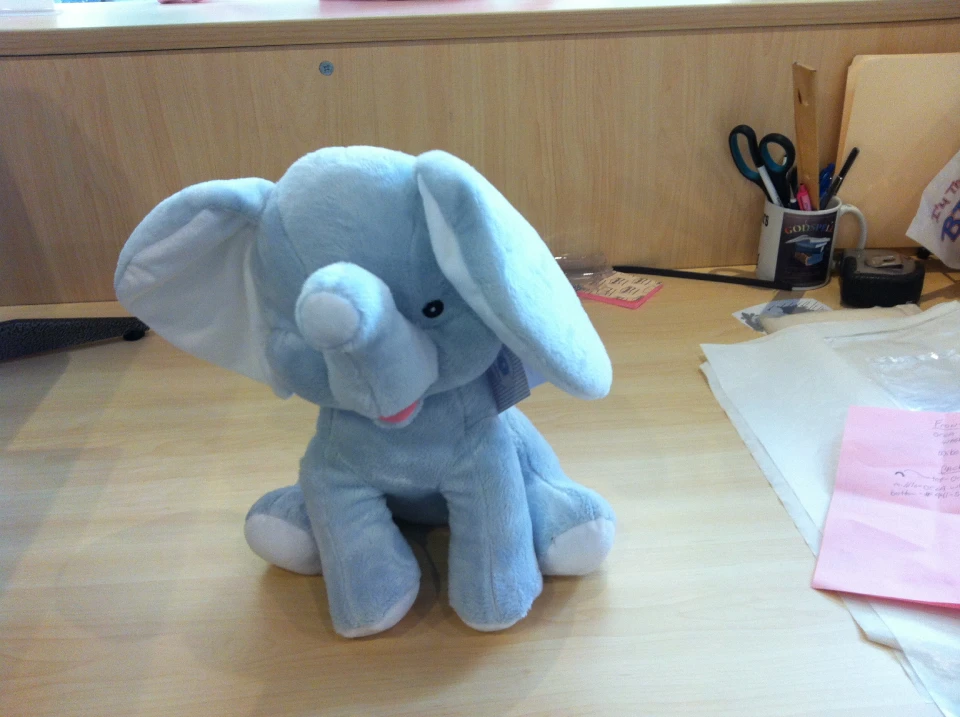Expert Screen Printing Solutions for T-Shirts, Aprons, and Much more
Expert Screen Printing Solutions for T-Shirts, Aprons, and Much more
Blog Article
The Art of Custom Needlework: Unlocking the Tricks to Creating Special and Memorable Designs
The secrets to creating custom embroidery designs that astound the eye and leave a long-term impact lie in a fragile equilibrium of method, imagination, and attention to detail. As we delve right into the globe of personalized needlework, we discover the nuanced interplay between string option, stitch complexity, and design customization that raises a simple garment to a work of art.
Picking the Right Needlework Threads
When selecting embroidery strings, what vital factors should you think about to make sure the ideal results for your customized styles? The selection of needlework string is vital in determining the final outcome of your embroidered style.
Thicker strings can add dimension and texture to your layout, while finer strings are optimal for elaborate details and tiny message. Furthermore, considering the shade fastness and washability of the string is important to guarantee that your custom layouts preserve their high quality and vibrancy over time.
Exploring Various Stitch Methods
To delve right into the realm of 'Exploring Various Stitch Methods', one must realize the ins and outs and nuances that each sewing technique brings to the art of needlework. Different stitch strategies not only include visual passion however also add to the overall appearance and dimension of the layout. One prominent stitch strategy is the satin stitch, which includes closely jam-packed parallel stitches to create a smooth and shiny surface area, suitable for completing shapes and creating strong outlines.
On the various other hand, the backstitch is a versatile method often made use of for describing and including great information. It involves stitching in reverse to create a strong line of needlework. Additionally, the French knot stitch adds a responsive element to styles, excellent for creating textured accents like blossom facilities or decorative touches.
Checking out various stitch techniques enables embroiderers to have fun with light, darkness, and depth within their styles, raising the aesthetic appeal and artistic high quality of their needlework tasks. By mastering different sewing approaches, one can open endless possibilities for producing one-of-a-kind and memorable customized embroidery pieces.
Incorporating Personalized Style Components
Having discovered the details of various stitch methods such as the satin stitch, backstitch, and French knot, the focus now changes in the direction of integrating individualized style elements in custom needlework jobs. Personalized design components play a vital function in making embroidery projects absolutely special and unforgettable.
Another means to include individualized design components is by consisting of symbols or concepts that hold special meaning to the recipient or mirror their rate of interests and personality. Integrating a favorite flower, animal, or hobby-related sign can make the needlework style much more meaningful and tailored. Additionally, picking colors that reverberate with the recipient or align with the desired theme can additionally enhance the customization of the needlework job.
Understanding the Art of Color Sychronisation

One key element of color control is comprehending shade theory. This consists of understanding how various colors engage with each other, the feelings they convey, and just how they can be combined to develop visually enticing designs. By using color theory concepts, embroiderers can produce unified color combinations that enhance the general appearance of the style.
In addition, focusing on comparison is essential in shade coordination. Using contrasting shades can help specific elements of the style pop, boost legibility, and produce an aesthetically dynamic embroidery item. By heat transfer on t-shirts and aprons understanding the art of color sychronisation, embroiderers can boost their designs and produce remarkable pieces that resonate with customers and viewers alike.
Enhancing Texture With Advanced Needlework Stitches
Bullion knots, on the various other hand, can be made use of to develop twisted, ropelike components that include a luxurious feel to the embroidery. Experimenting with these advanced embroidery stitches allows you to push the boundaries of traditional needlework and develop absolutely one-of-a-kind and aesthetically enticing appearances in your layouts.
Verdict
To conclude, the art of custom-made needlework includes a combination of choosing the right strings, discovering different stitch methods, integrating customized design components, understanding shade sychronisation, and improving texture with advanced stitches. By recognizing and applying these crucial elements, embroiderers can produce unique and remarkable styles that showcase their creativity and ability. Embroidery enthusiasts can open the tricks to creating attractive and custom pieces that stand out and leave a long-term perception.
Report this page